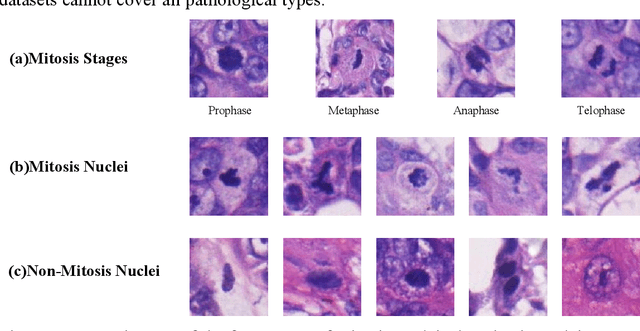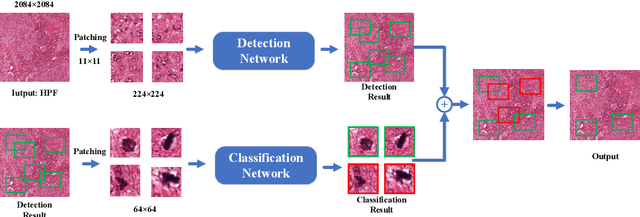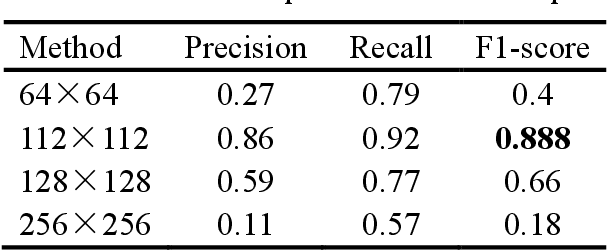Lingqi Zeng
Learning Adaptive Dexterous Grasping from Single Demonstrations
Mar 26, 2025Abstract:How can robots learn dexterous grasping skills efficiently and apply them adaptively based on user instructions? This work tackles two key challenges: efficient skill acquisition from limited human demonstrations and context-driven skill selection. We introduce AdaDexGrasp, a framework that learns a library of grasping skills from a single human demonstration per skill and selects the most suitable one using a vision-language model (VLM). To improve sample efficiency, we propose a trajectory following reward that guides reinforcement learning (RL) toward states close to a human demonstration while allowing flexibility in exploration. To learn beyond the single demonstration, we employ curriculum learning, progressively increasing object pose variations to enhance robustness. At deployment, a VLM retrieves the appropriate skill based on user instructions, bridging low-level learned skills with high-level intent. We evaluate AdaDexGrasp in both simulation and real-world settings, showing that our approach significantly improves RL efficiency and enables learning human-like grasp strategies across varied object configurations. Finally, we demonstrate zero-shot transfer of our learned policies to a real-world PSYONIC Ability Hand, with a 90% success rate across objects, significantly outperforming the baseline.
A novel dataset and a two-stage mitosis nuclei detection method based on hybrid anchor branch
Jan 18, 2023



Abstract:Mitosis detection is one of the challenging problems in computational pathology, and mitotic count is an important index of cancer grading for pathologists. However, current counts of mitotic nuclei rely on pathologists looking microscopically at the number of mitotic nuclei in hot spots, which is subjective and time-consuming. In this paper, we propose a two-stage cascaded network, named FoCasNet, for mitosis detection. In the first stage, a detection network named M_det is proposed to detect as many mitoses as possible. In the second stage, a classification network M_class is proposed to refine the results of the first stage. In addition, the attention mechanism, normalization method, and hybrid anchor branch classification subnet are introduced to improve the overall detection performance. Our method achieves the current highest F1-score of 0.888 on the public dataset ICPR 2012. We also evaluated our method on the GZMH dataset released by our research team for the first time and reached the highest F1-score of 0.563, which is also better than multiple classic detection networks widely used at present. It confirmed the effectiveness and generalization of our method. The code will be available at: https://github.com/antifen/mitosis-nuclei-detection.
 Add to Chrome
Add to Chrome Add to Firefox
Add to Firefox Add to Edge
Add to Edge